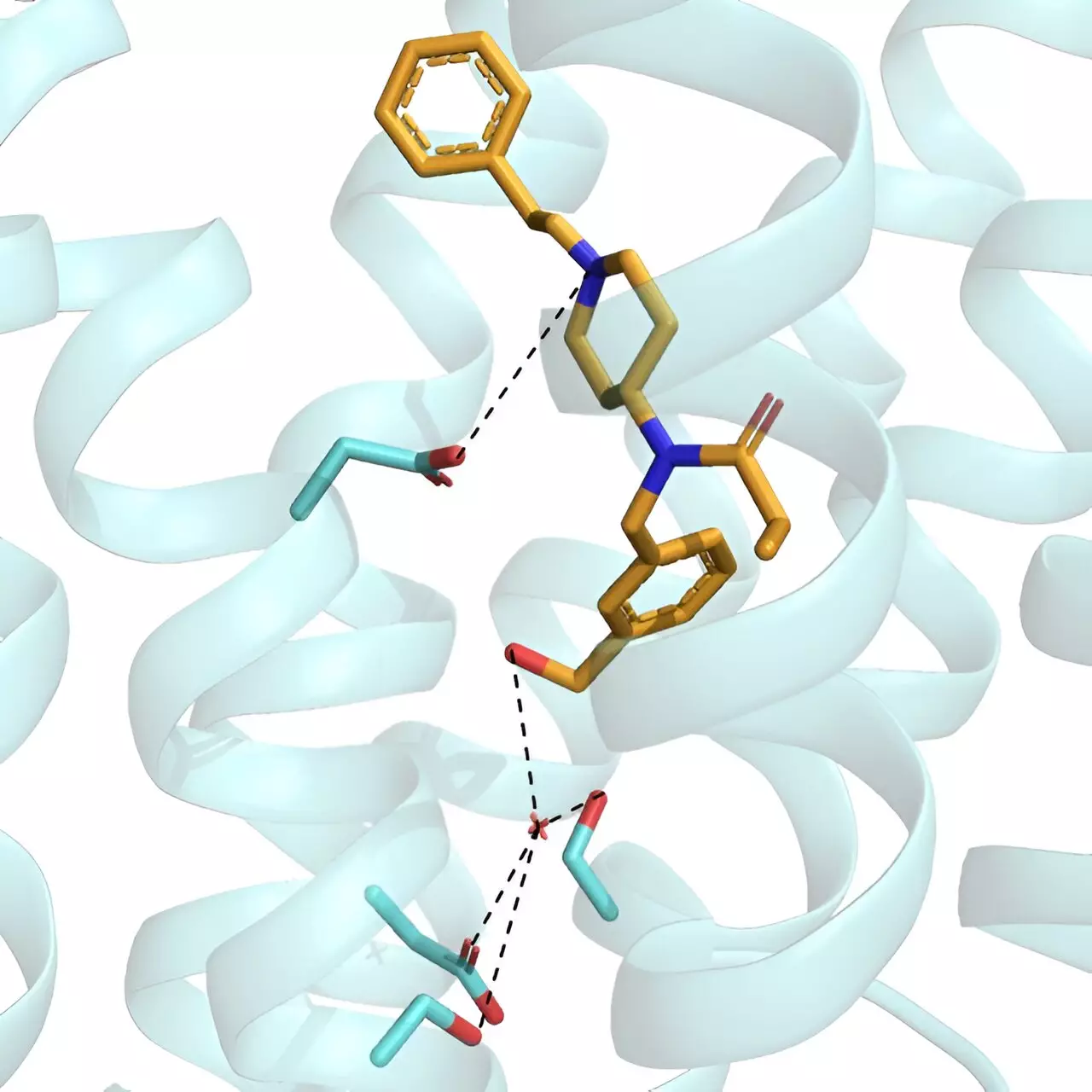Opioid medications have long been a crucial component in the arsenal of pain relief strategies, providing respite for individuals grappling with chronic and debilitating pain. However, the shadow of addiction looms over these painkillers, casting doubt on their long-term viability. The adverse effects—ranging from challenging withdrawal symptoms to the terrifying possibility of overdose—are issues that can no longer be ignored. The opioid crisis has made it clear that while these medications can be lifesavers, they can also become lethal traps for some. Understanding this paradox is essential as researchers push the envelope in opioid pharmacology.
An Innovative Study on Opioid Receptor Activation
A recent exploration published in ACS Central Science sheds light on an innovative strategy aimed at designing safer opioid medications. This study, led by researchers including Susruta Majumdar and Jay McLaughlin, focused on a less conventional method of opioid receptor interaction. Traditionally, opioid drugs like morphine engage with receptors at known active sites, which makes them effective against pain but also susceptible to addiction and overdose. However, this team identified an experimental opioid that binds to a distinctive site on the opioid receptor, suggesting a way to mitigate dangerous side effects while retaining pain relief functionality.
Breaking Through the Blood-Brain Barrier
The research highlights an alternative approach to opioid development, particularly by exploiting binding sites that are not commonly targeted by existing medications. Past attempts to find safer opioids have primarily revolved around tweaking molecules that latch onto the receptors’ active sites. In this endeavor, they discovered C6 guano, a compound with somewhat promising effects but limited by its inability to cross the blood-brain barrier—a crucial factor for any viable medication intended to alleviate central nervous system pain. The search for a capable alternative took precedence, culminating in the development of RO76, a molecule derived from fentanyl aimed at enhanced safety and efficacy.
RO76: A Promising Candidate
In a series of lab tests, RO76 insisted upon its place as a noteworthy candidate. What set RO76 apart was its unique mechanism of action; it elicited a cellular response distinct from that triggered by classical opioids. This revelation is not merely academic; it suggests that RO76 could suppress pain as effectively as morphine while reducing risks associated with fatal respiratory depression—a commonly encountered side effect of opioid intake. The implications of this may be profound, potentially allowing patients to manage pain without the lurking threat of overdose.
Sounding a Note of Caution: The Importance of Further Research
While the initial findings paint an optimistic picture for RO76, it’s critical to approach the results with cautious optimism. The experiments were predominantly conducted on mice, highlighting the need for extensive human trials before we can tout RO76 as a safe alternative to traditional opioids. Furthermore, chronic pain differs in its manifestations, and what works for one patient may not suffice for another. Although RO76 displays promise in suppressing withdrawal symptoms when administered with an opioid-blocking medication, its long-term effects and potential for addiction in humans remain open questions.
The Future of Pain Relief: Beyond Traditional Opioids
The findings from this study illuminate a path toward a new generation of pain relief medications that could redefine the framework of opioid treatment. If RO76 progresses successfully through clinical trials, it could represent a significant leap toward addressing the opioid crisis by offering an option that minimizes the peril often seen with opioid usage. This exploration into alternative binding sites within opioid receptors suggests that a paradigm shift in pain management may be on the horizon, bringing hope not only to those in pain but also to society as we combat the consequences of the opioid epidemic.
As this field evolves, it is crucial for researchers and healthcare providers alike to remain committed to innovation while prioritizing patient safety. By rewriting the narrative around opioids, we can take significant steps toward effective pain management in an ethical context, ultimately offering a more holistic and healing approach to those afflicted by pain.

